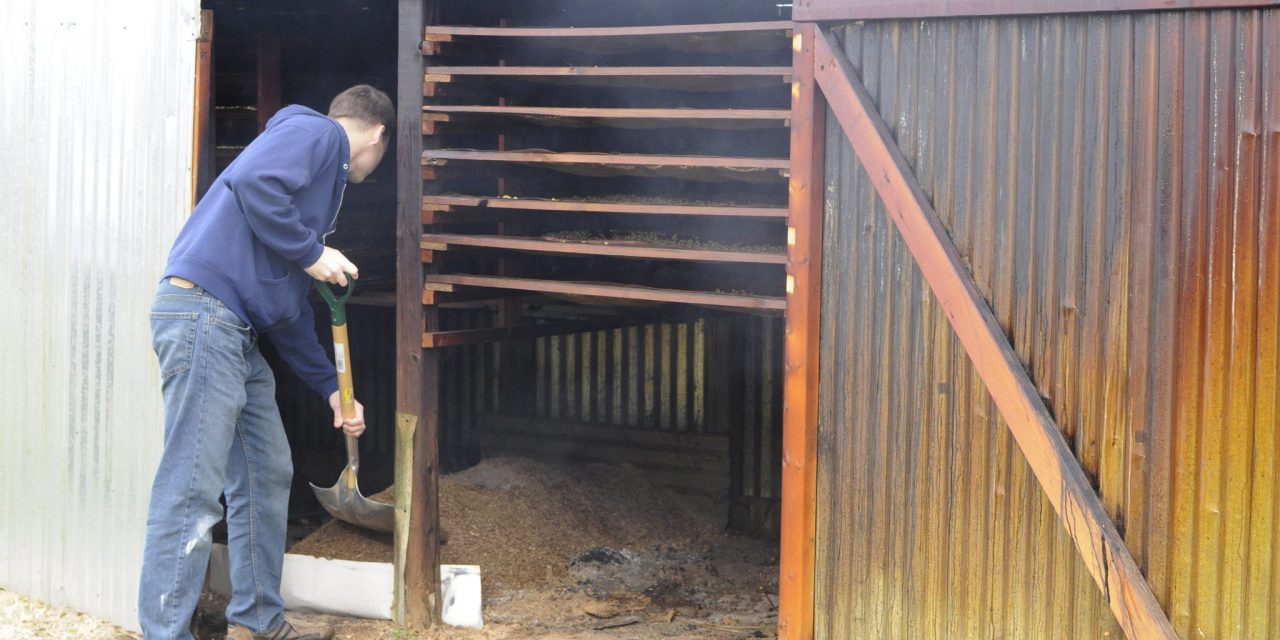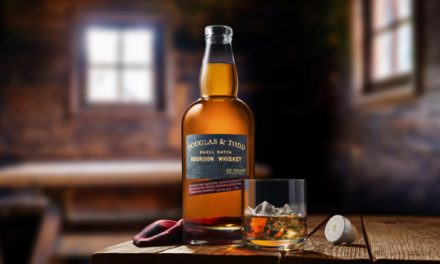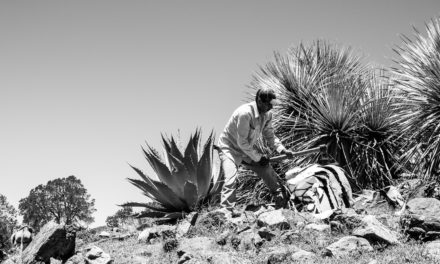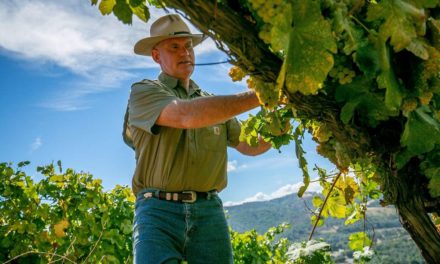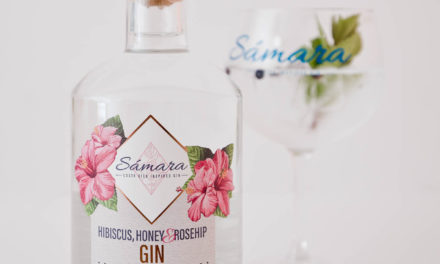The biggest story in craft spirits over the past year is big producers buying small. The reasons behind this ongoing shopping spree are complex, but one major factor is innovation, largely driven by smaller, younger houses. After visiting many small distilleries over the past year, here are 10 things that made me think, “Well, that’s pretty cool.”
Lost Spirits Abomination Whiskey. Distiller Bryan Davis received plenty of press for his patented speed aging technology using temperature and high-intensity light to make—in days—what would take years in a barrel. Keen on inventing new tastes (not cutting time), his Abomination whiskey starts with a Scottish distillate aged less than two years, and then he turns the flavor up to 11. Does it taste like a 20-year-old scotch? No. It belongs in its own category.
Revival of Pennsylvania and Maryland rye. Rye from the Mid-Atlantic region was the original bourbon—the nation’s most famous whiskey—but it largely vanished during Prohibition. A handful of producers, including Wigle Whiskey and Sagamore Spirits, are striving to bring it back, both in the bottle and in the minds of consumers.
The “dunder pit” at Roulaison Rum. Tiny New Orleans distillery Roulaison produces high-ester rums, like those long made in Jamaica, despite its small space and bonsai-sized stills. It starts by making dunder (called “muck” in Jamaica), collecting stillage in a plastic drum, tweaking it, then adding that to the new wash. Roulaison took home a “best in category” for unaged rum at this year’s ADI judging.
Baller whiskey from St. George Spirits. Distiller Lance Winters first aged barley malt whiskey in used bourbon and French wine casks, then finished it in umeshu casks that formerly held Japanese-style plum liqueur. The result is an outstanding east-meets-west single-malt.
High Wire Distilling’s Jimmy Red bourbon. High Wire in South Carolina regularly links agriculture and the bottle. Its newest bourbon, made from rare Jimmy Red corn, has enough nutty, robust flavor to sidestep flavoring grains such as rye or wheat. Other single varietal all-corn bourbons can’t be far behind.
Ultrasound aging. Just as Lost Spirits altered esterification rates with light, others are finding the same can be done with ultrasound. Some Spanish brandy producers have been experimenting with this for a while, but recent trials at Elkins Distilling Co. in Colorado and elsewhere suggest this approach may be headed toward the mainstream.
Reactive distilling. At ADI’s convention this year, Kris Berglund from Michigan State spoke about reactive distilling—a way to create desirable esters in a column still using an extractant. Many of the details eluded me, but his comment that distillers could change formulas on the fly without getting individual TTB approvals seemed worthy of attention.
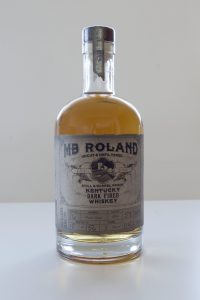 M.B. Roland Kentucky Dark Fired Whiskey. The distillers borrowed an ancient smoking technique (typically used to enhance tobacco) for prepping their whiskey corn. The result is rich, smoky, and a reminder that innovation is sometimes found in antique approaches from unrelated industries.
M.B. Roland Kentucky Dark Fired Whiskey. The distillers borrowed an ancient smoking technique (typically used to enhance tobacco) for prepping their whiskey corn. The result is rich, smoky, and a reminder that innovation is sometimes found in antique approaches from unrelated industries.
Airlock warehouse at Virginia Distilling. Gareth Moore built what’s essentially an airlock—a 30-foot-square, eight-foot-high room with doors on either end—to use as a loading area. Bring barrels in; close one door; open the other: It’s a simple and efficient way to keep the heat in during winter. If these are common elsewhere, I haven’t seen them.
From the Woods Black Birch liqueur. One sip of this liqueur from Red Brick Craft Distilling in Philadelphia brought me back to my youth, sipping clear birch beer in Maine. It may not have been the most outlandish or creative flavor I tried this year, but it was the most comforting.
The ability of craft distillers to explore these sorts of niches may be among the most innovative things they do.

